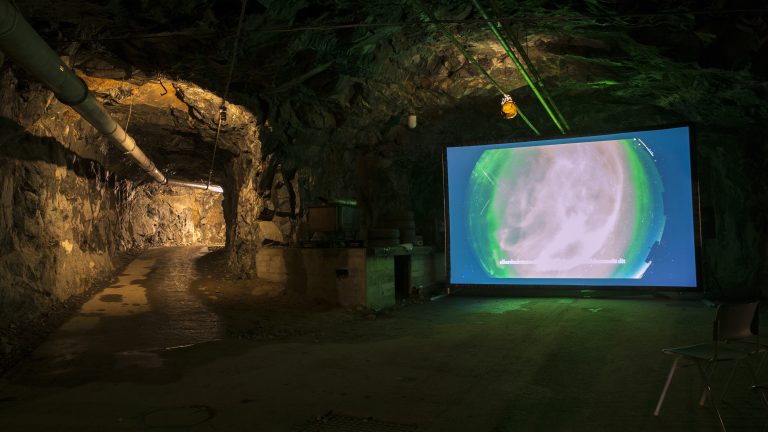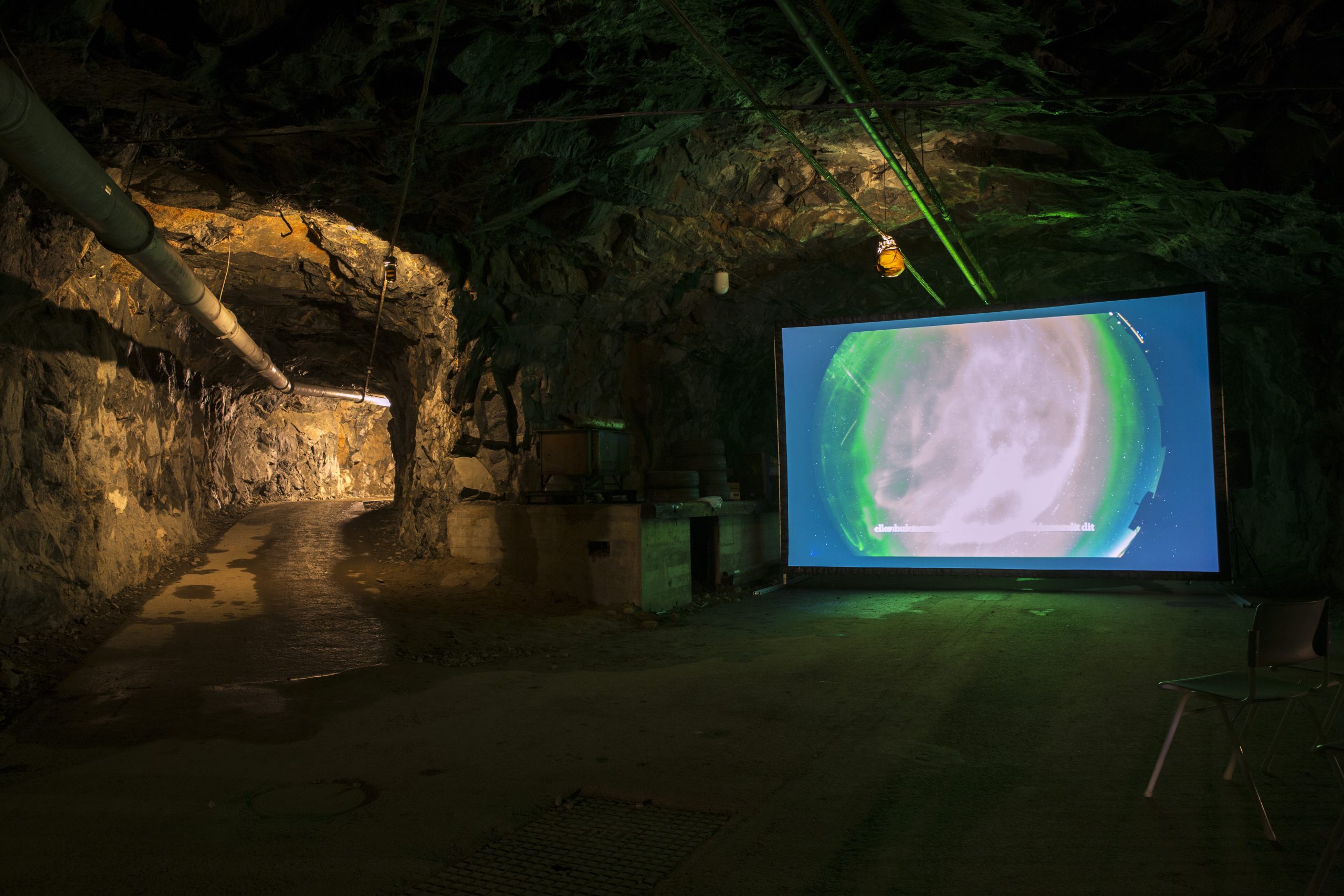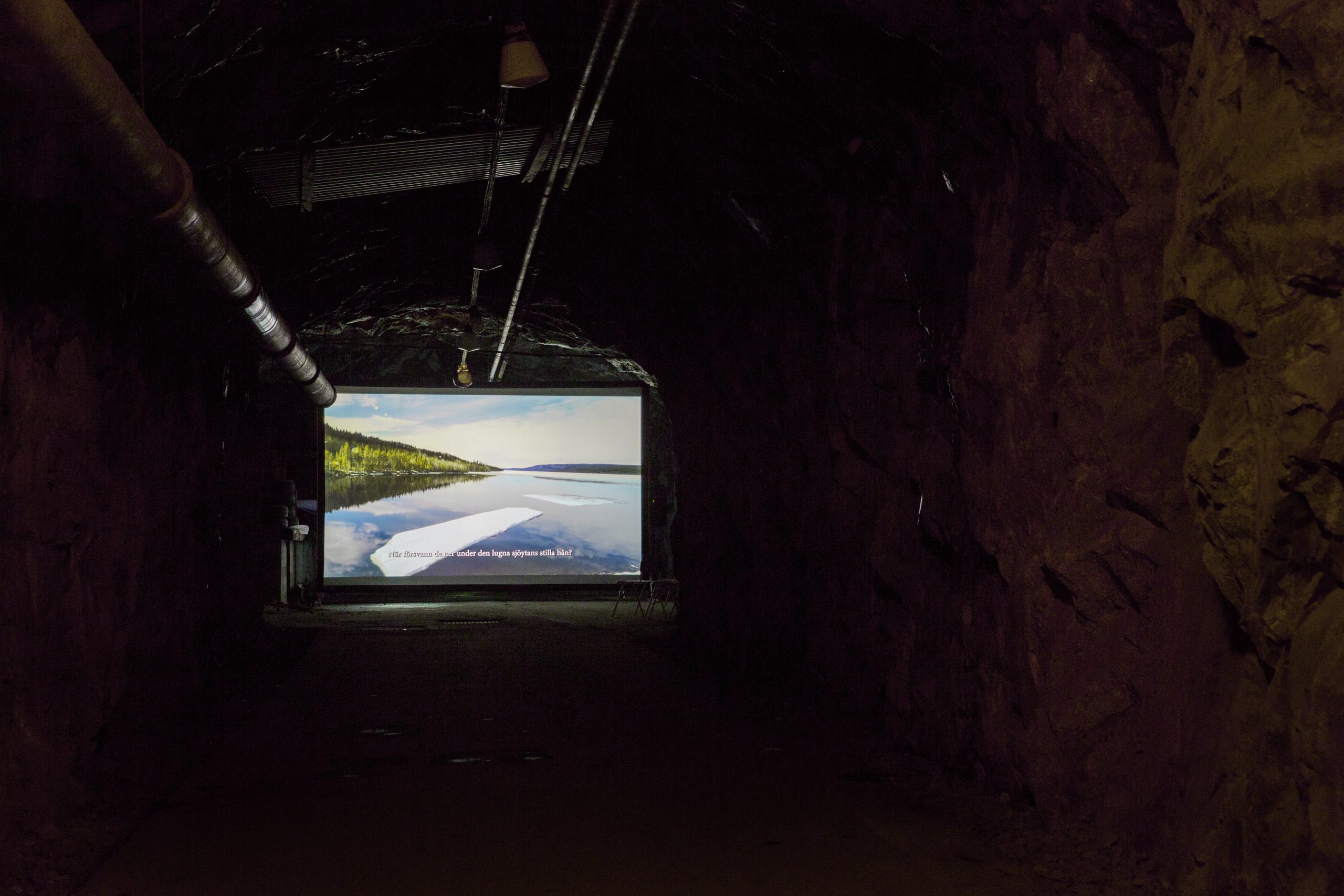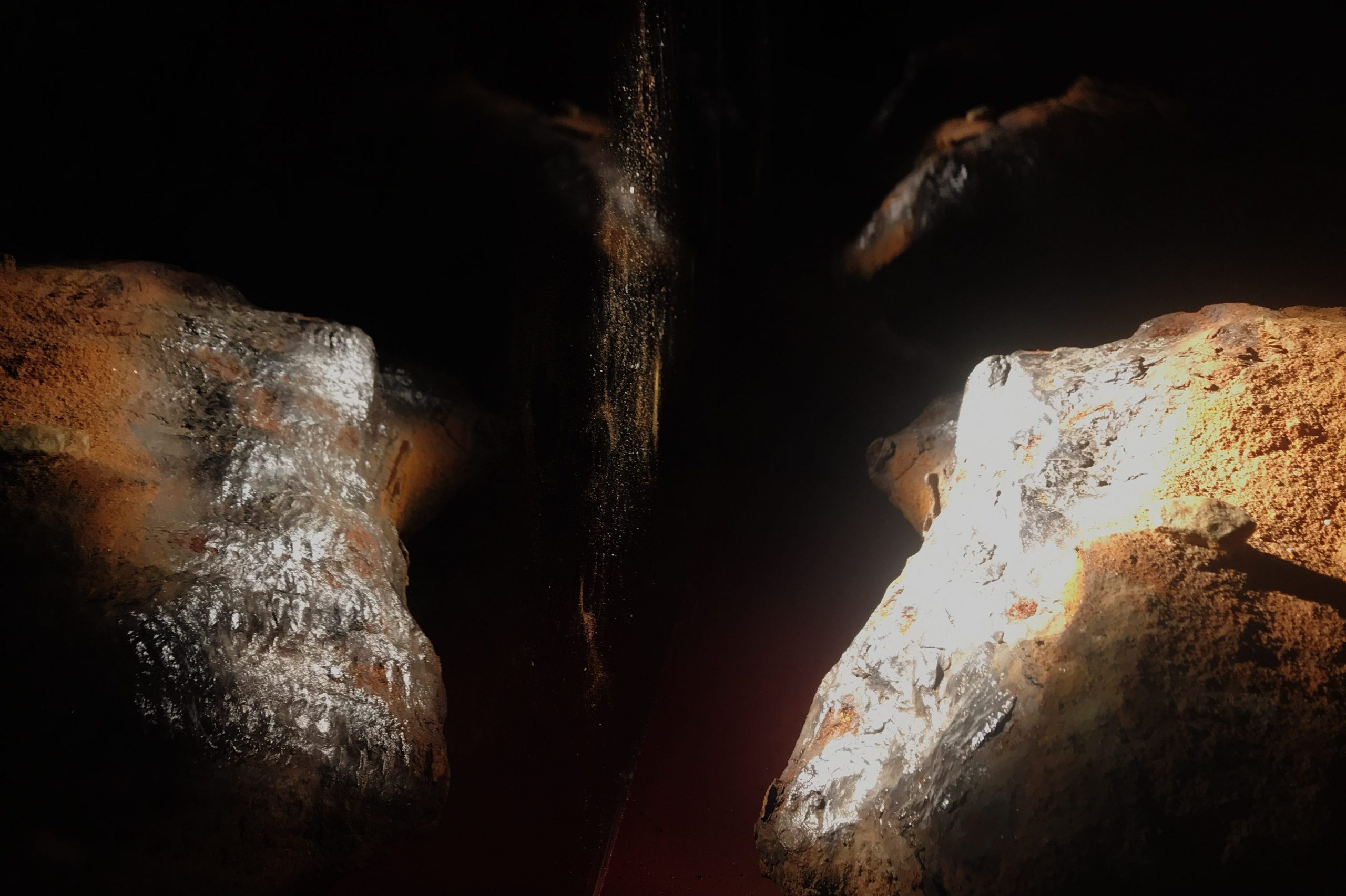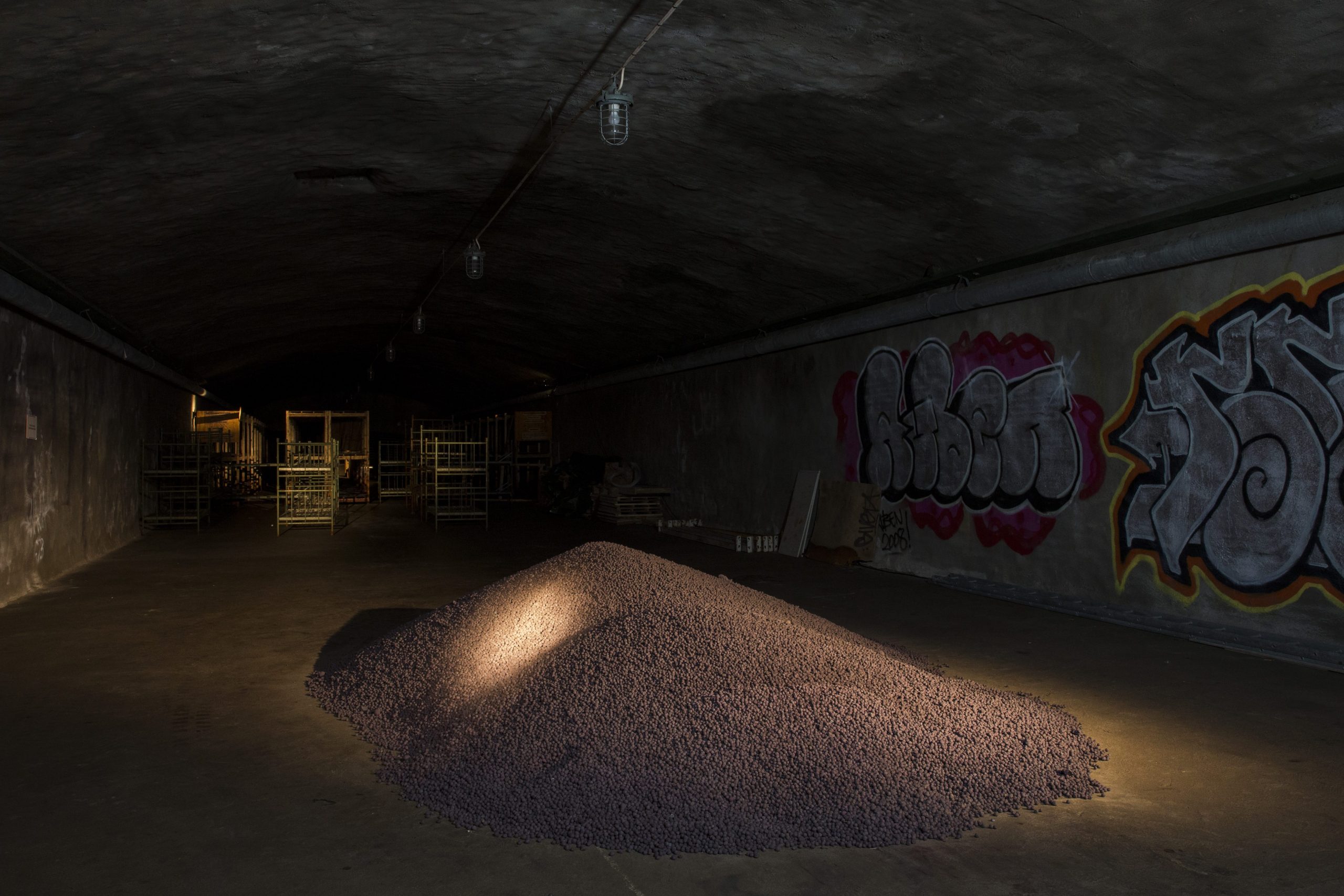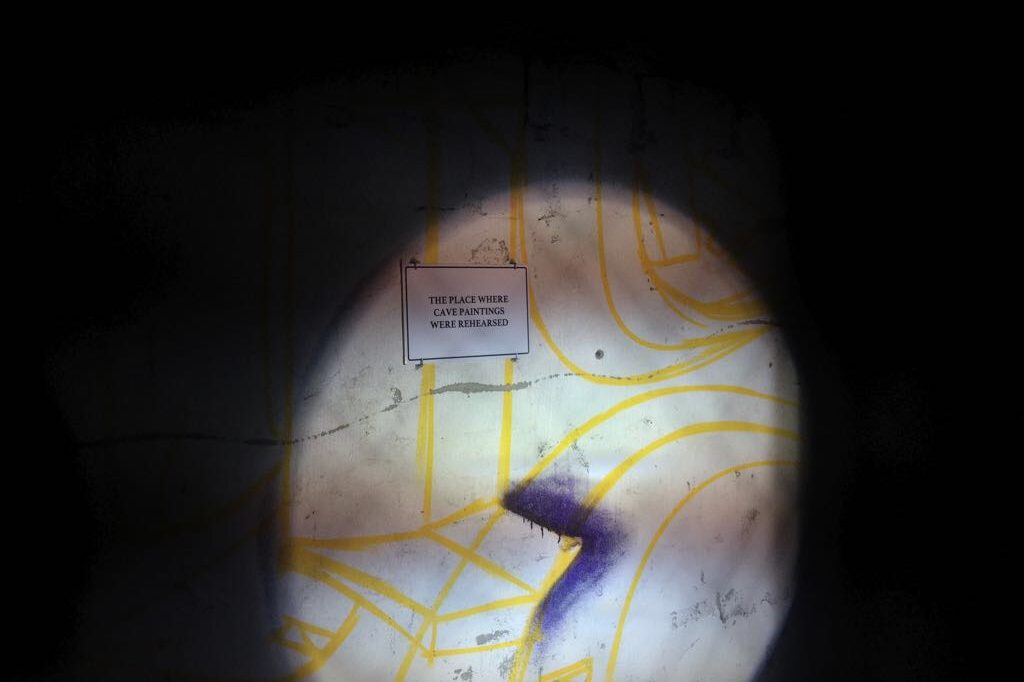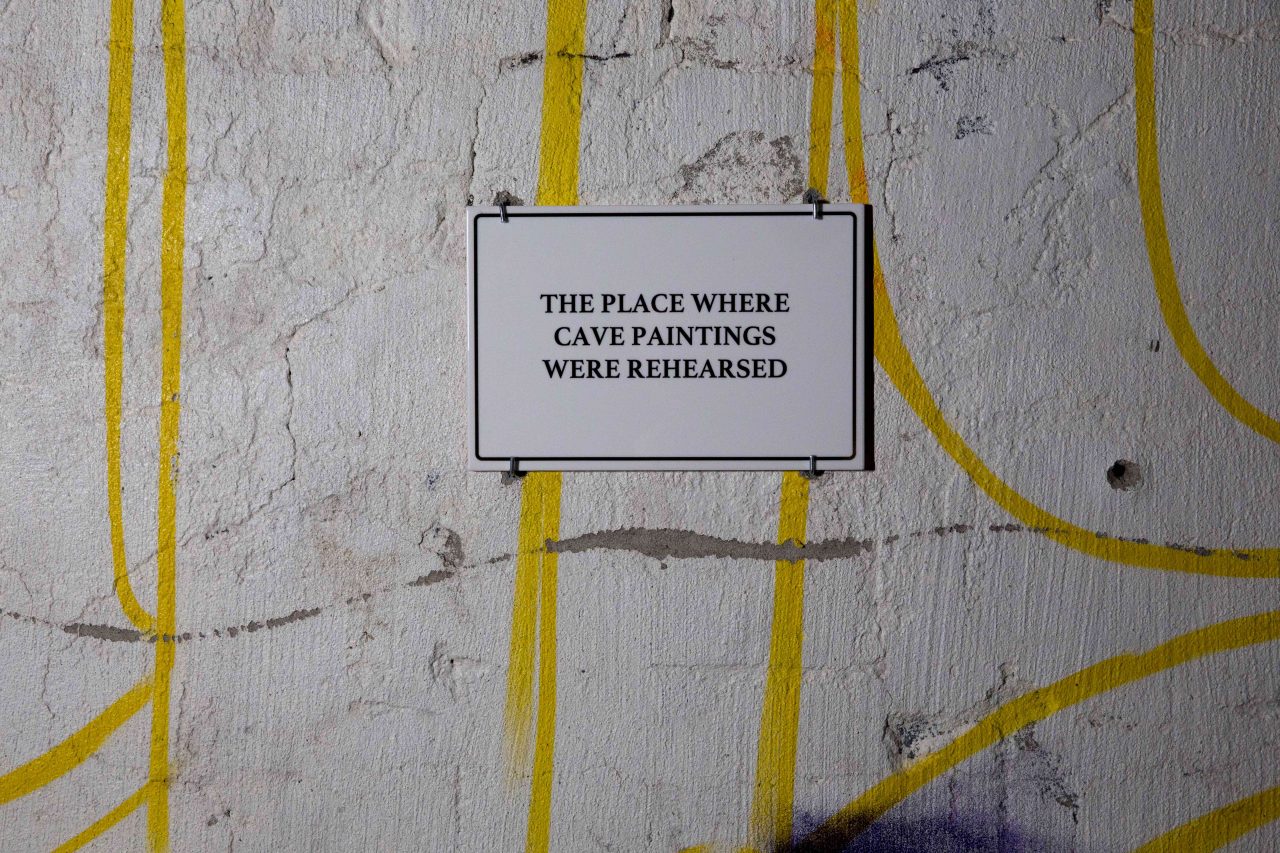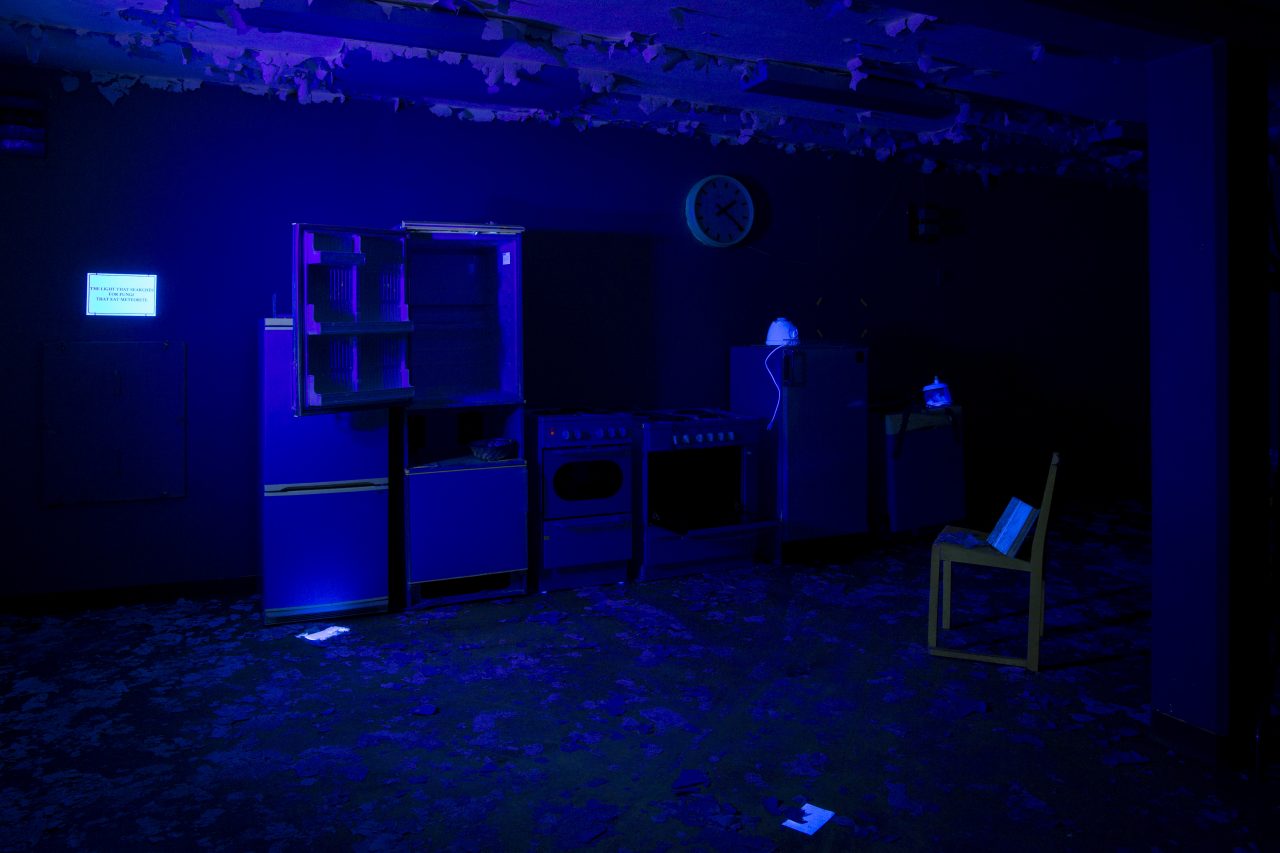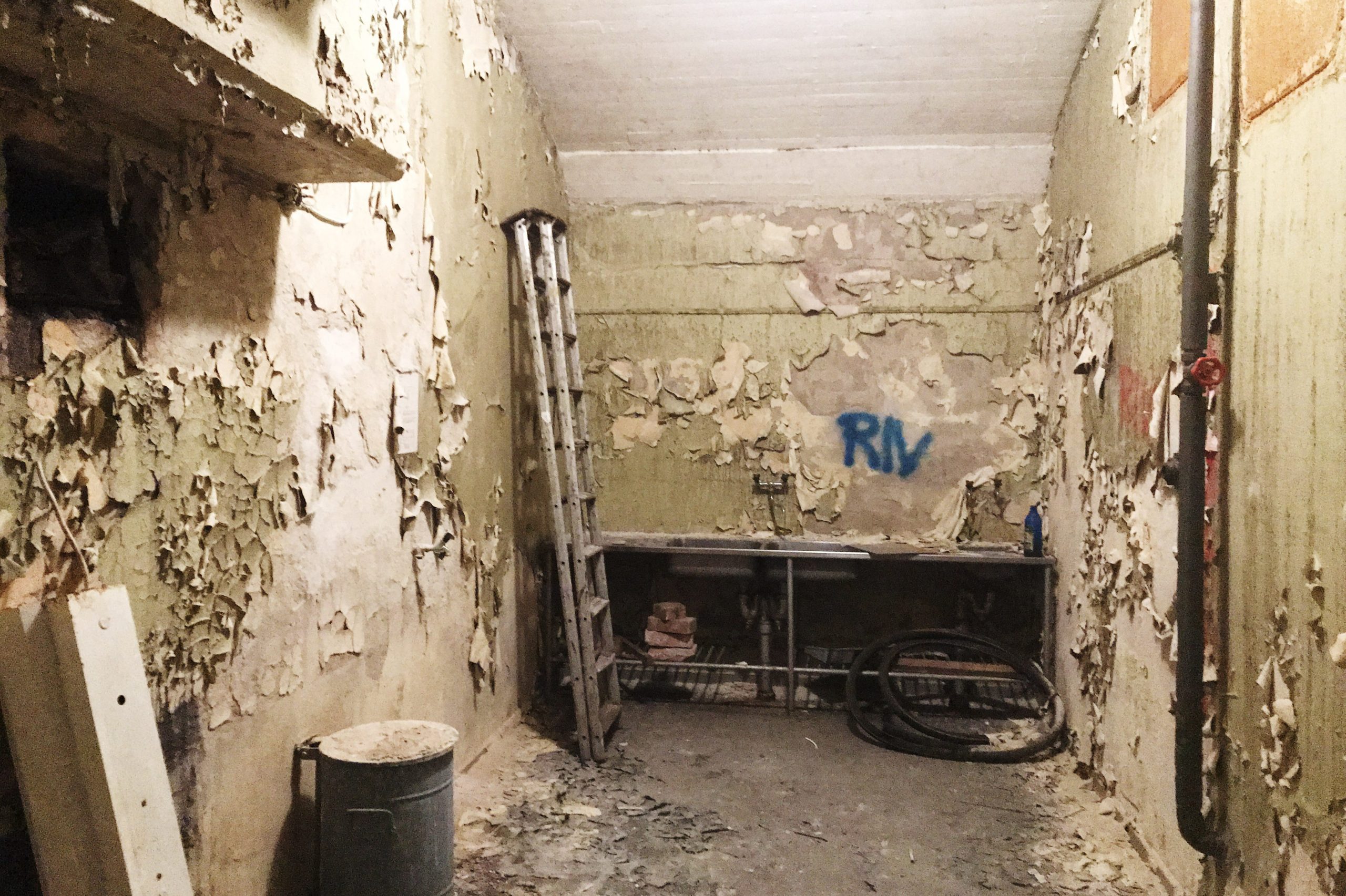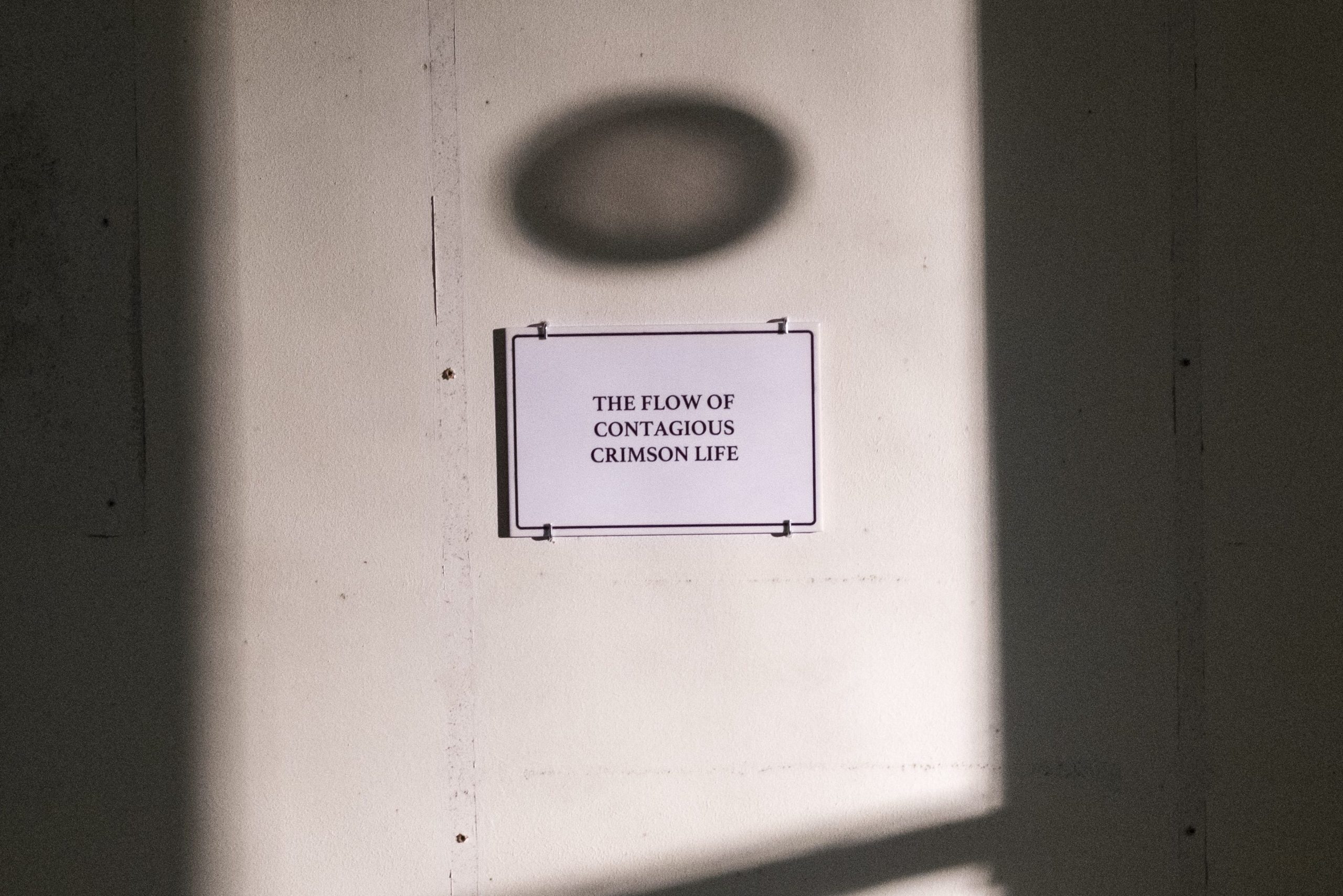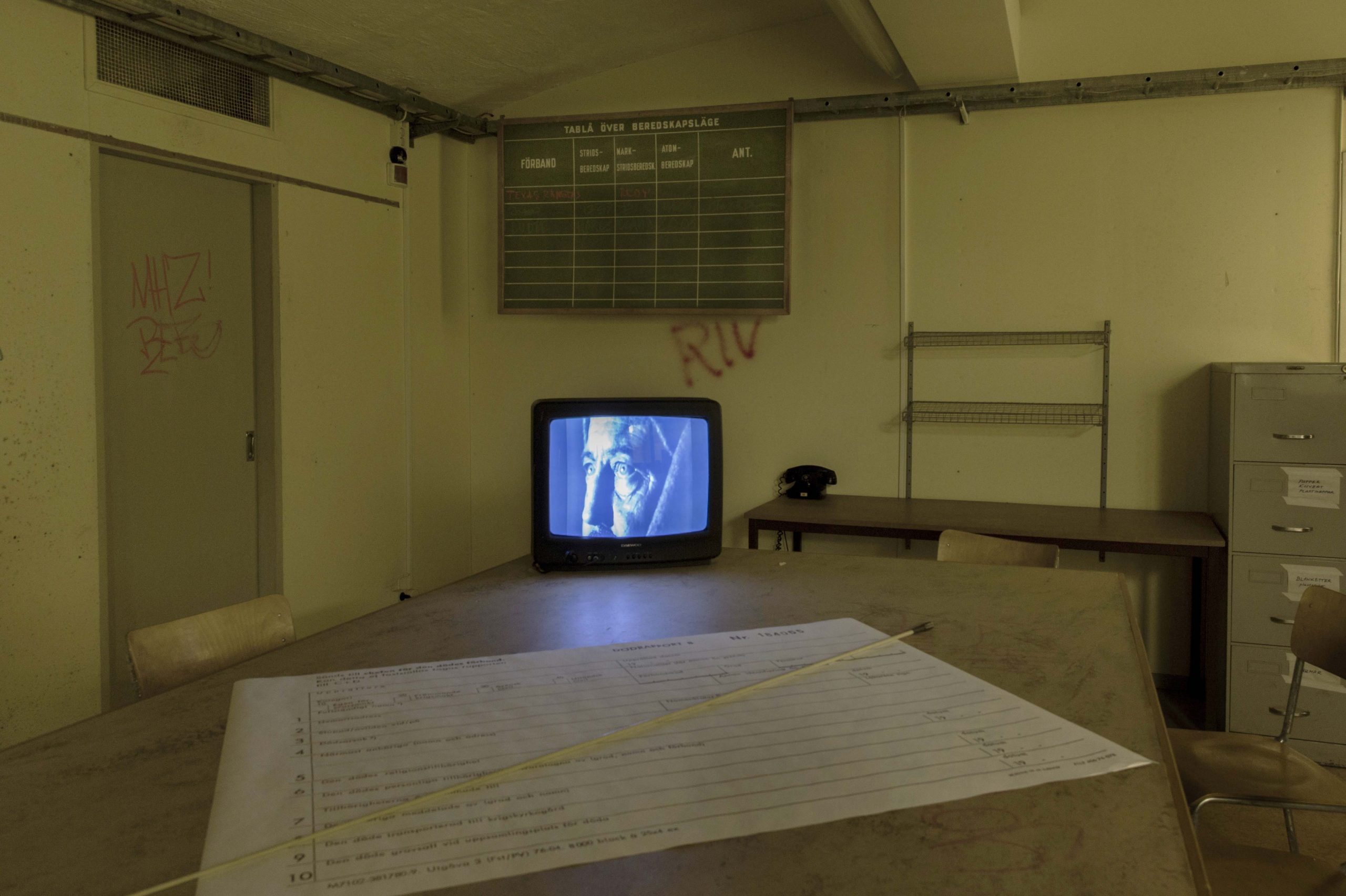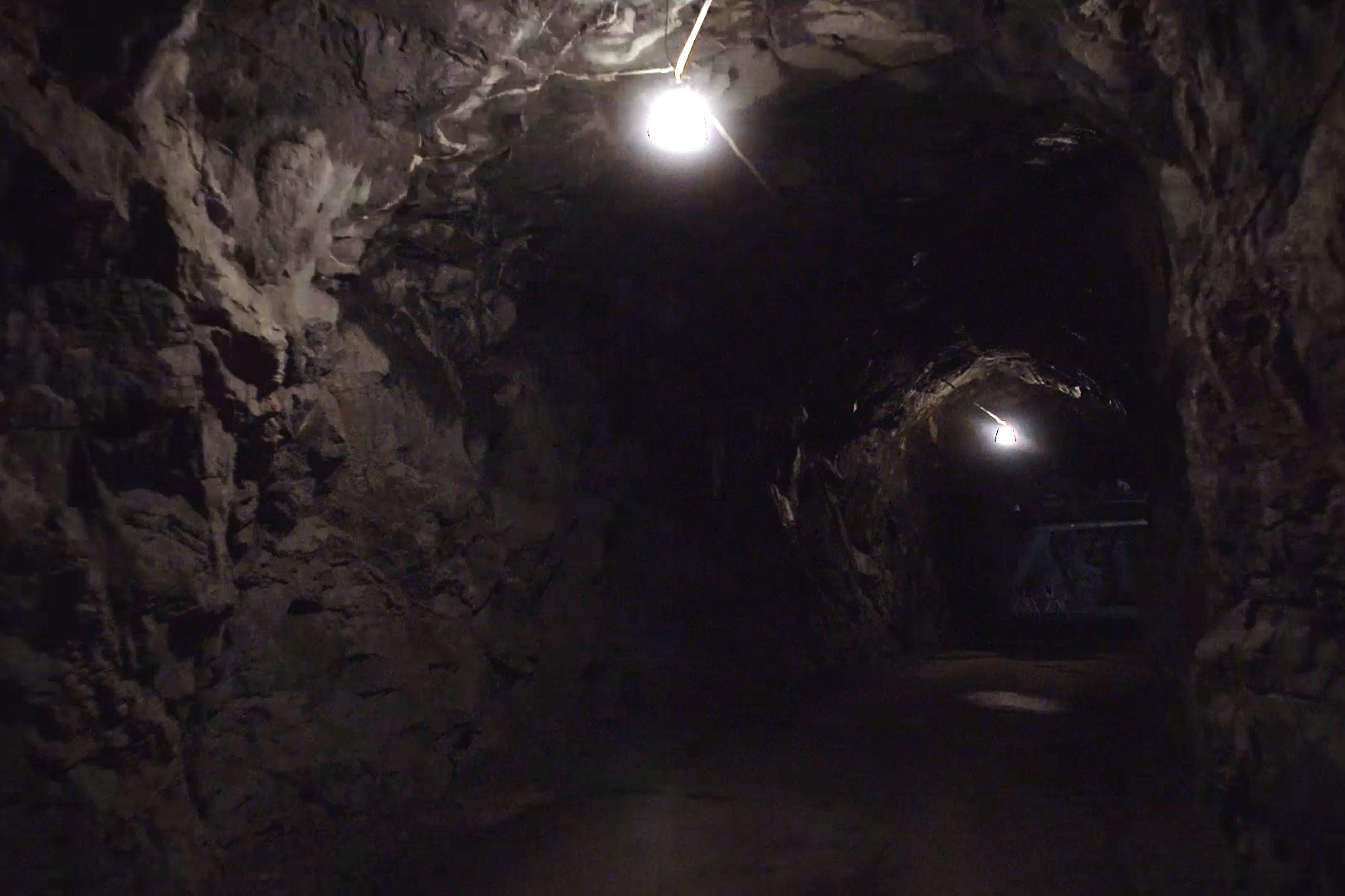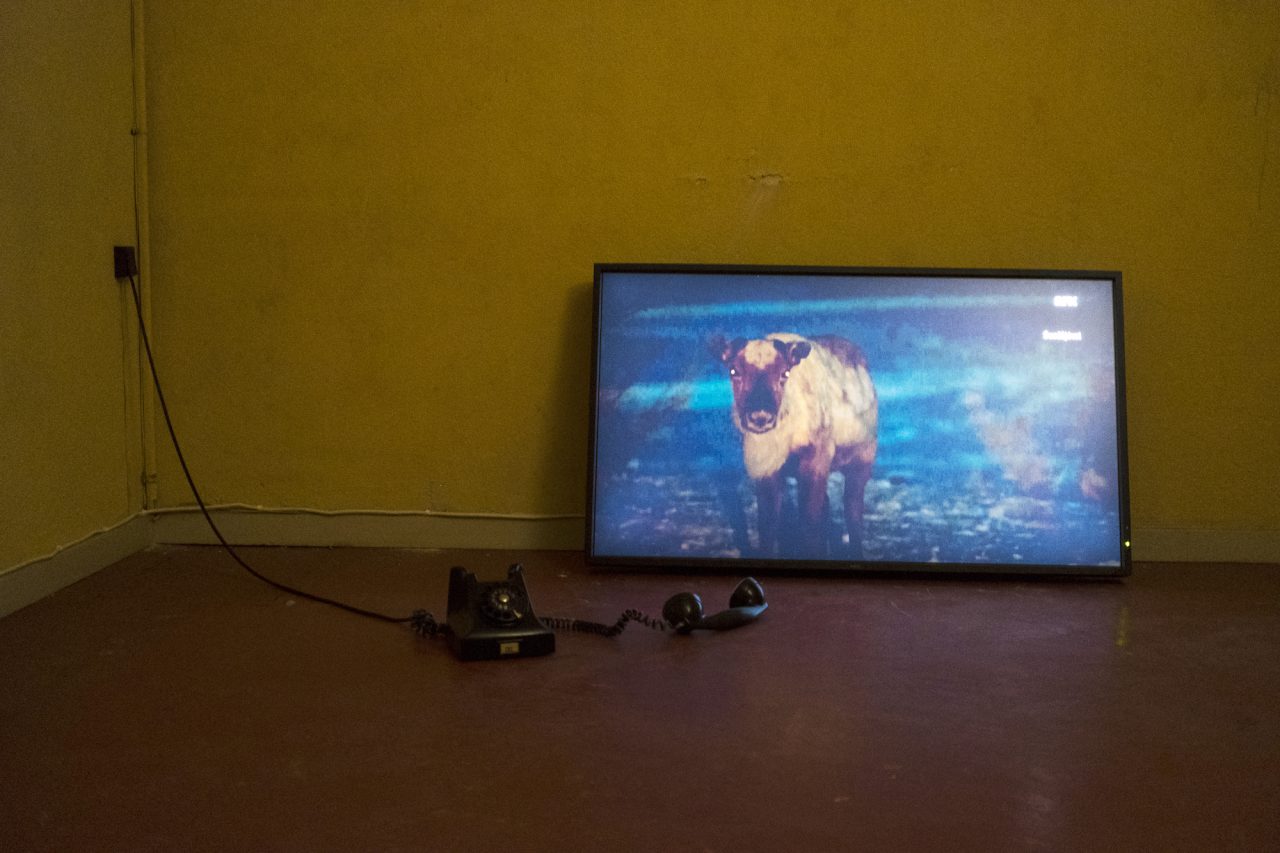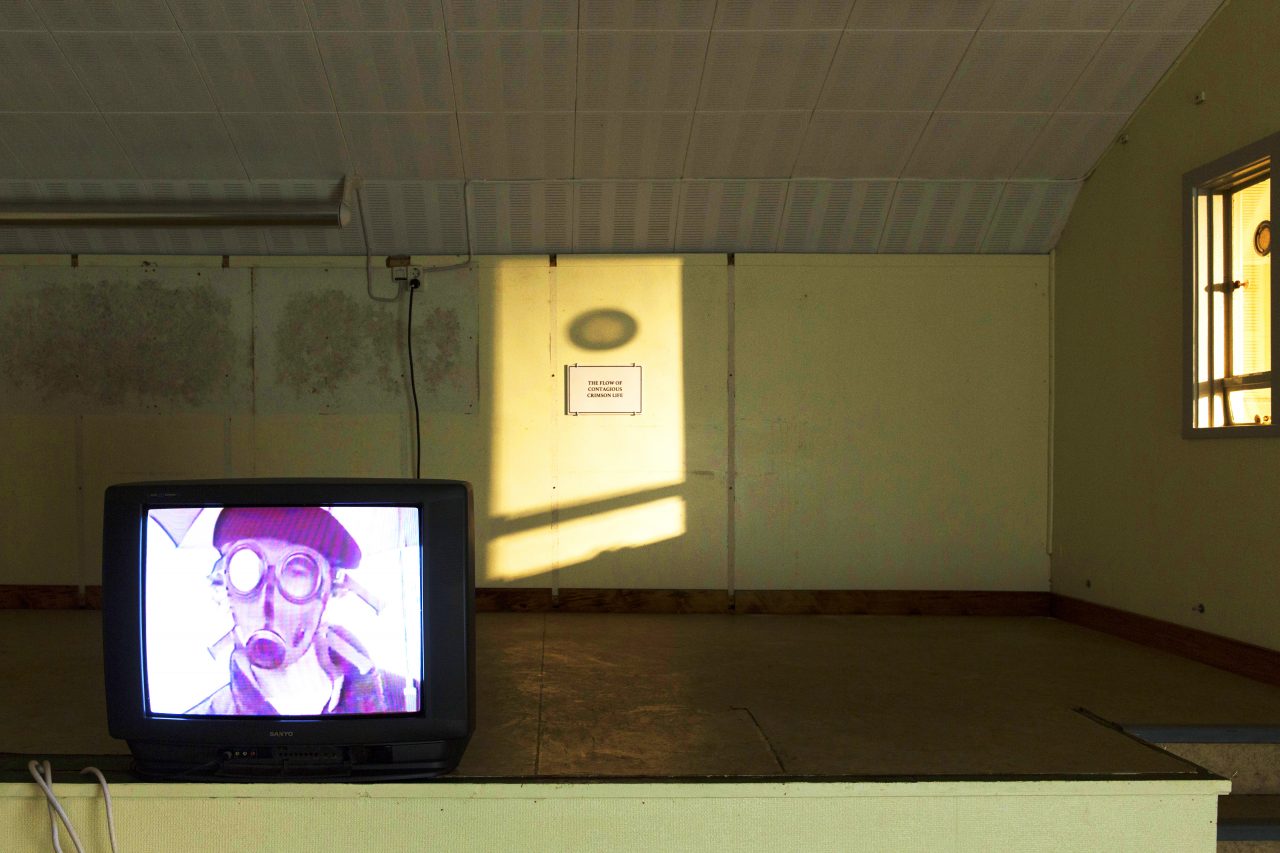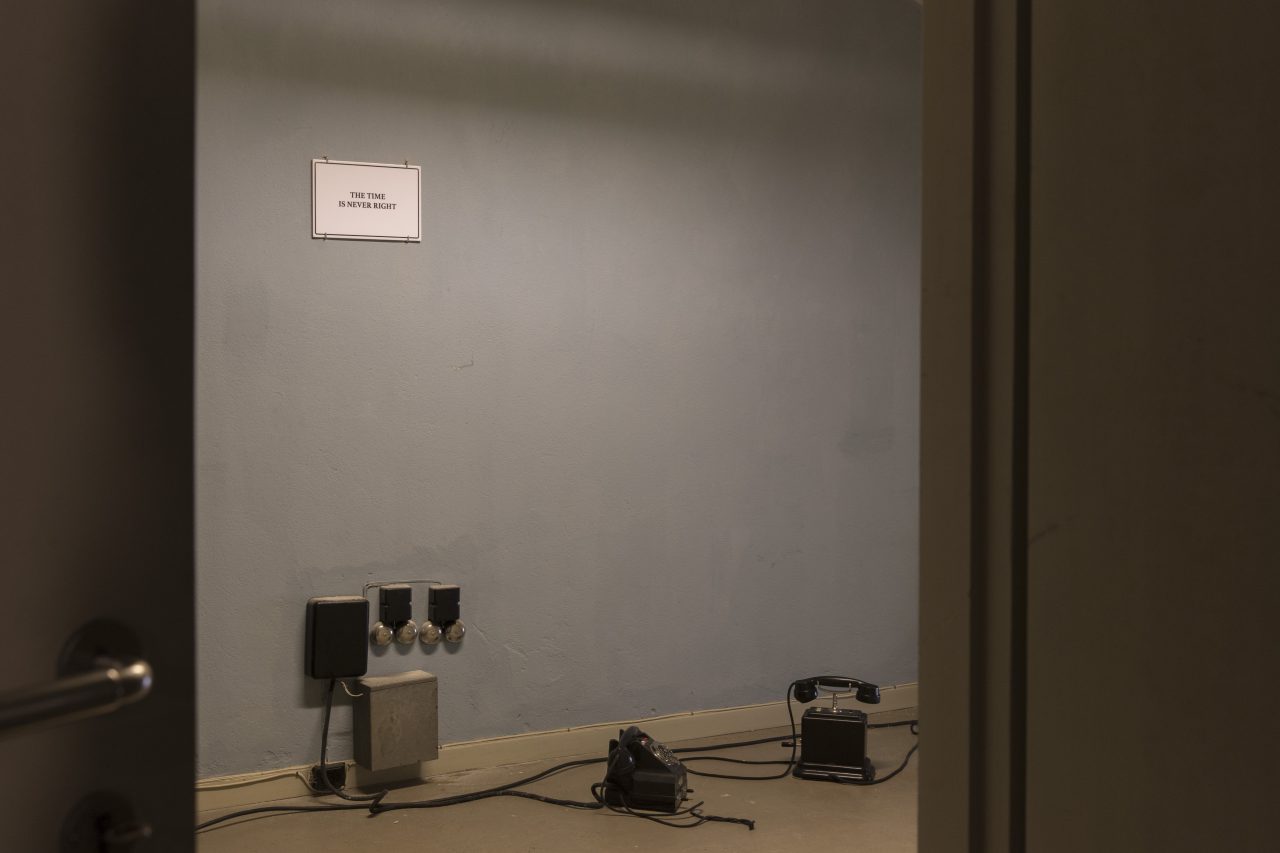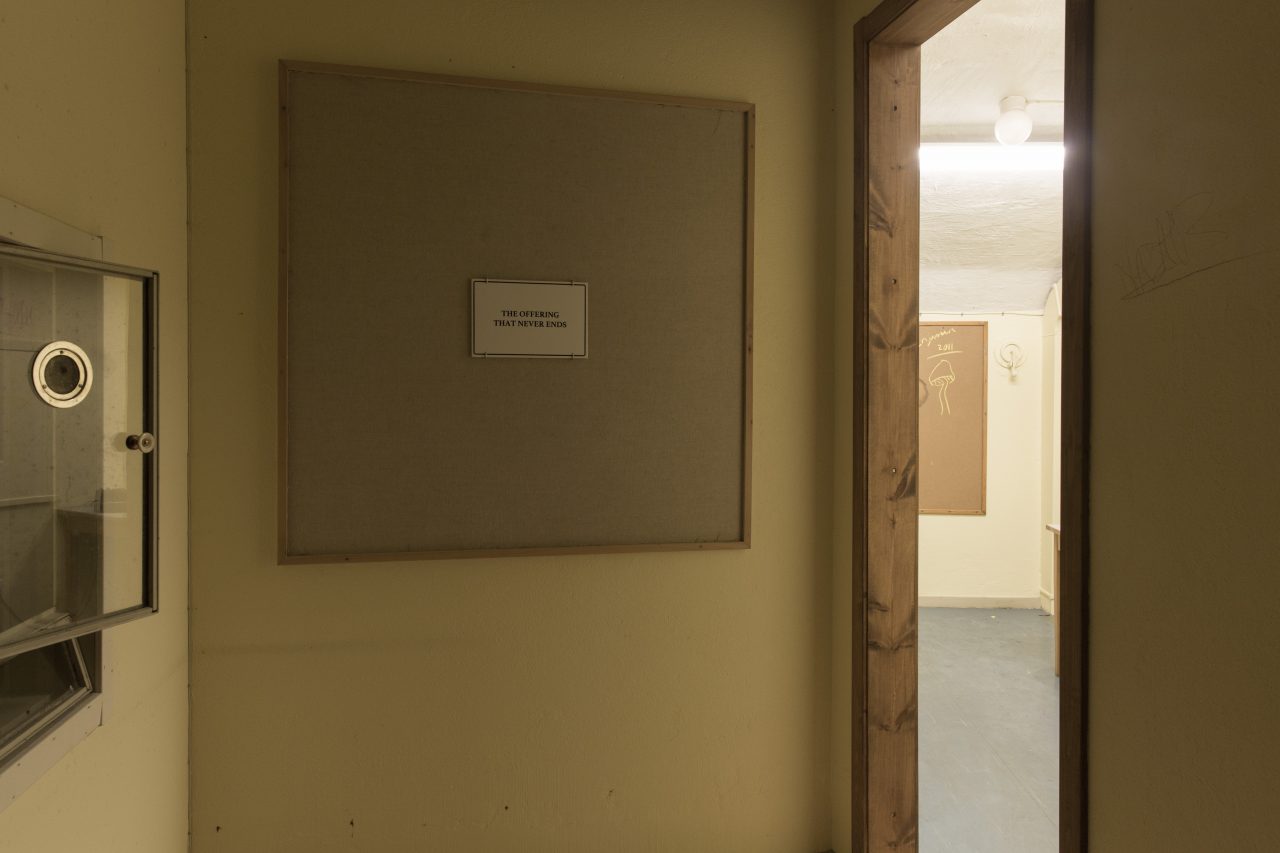Blood Of Stars: A walk in ten scenes
Site specific intervention at the Statsberget Cave | Shown at: ‘Extracts from a Future History’, Lulea (2017)
Single screen, video
Duration, 13′
The Blood of Stars invites us to think about the relation between the presence of iron, a fugitive from the stars, sleeping deep inside the earth and the veins of warm-blooded mammals. Meanwhile, it reads meteorites for clues about the stains at the edge of every sharp blade that cuts into flesh, and registers resonances that ricochet between mining, militarism and the mutations that mark a remote landscape.
In The Blood of Stars, a media rich, site- specific installation located inside the Statsberget Cave, Raqs Media Collective catch starlight in a dying reindeer’s eye, eavesdrop on the logic of extraction inside an iron mine and explore the tunnels of an abandoned subterranean military facility inside the arctic circle that was left unused after being kept warm in preparation for a nuclear winter. Voices, of a woman and a child, converse and detail the presence of iron in the blood, the rusting of life and metals, and the sharp edge of a question. The cave folds in on itself in the footage, airplanes fallen from the sky rust, reindeer run and a snowman waits for aliens. A poet states facts, in Hindi: “All the iron theirs to mine, the razors edge alone is mine.”
Our research took us to a working iron mine, which produces some of the purest iron ore in the world, deep inside the Arctic Circle, in Northern Sweden. We learnt about how energy for the mine leads to a damming of rivers, creating obstructions in the path of nomadic reindeer herds. The reindeers on the earth, like the reindeer in the sky, lose their way.
During the making of this work, first exhibited as an immersive installation inside an abandoned military base in a cave system inside a mountain, we were able to obtain footage of a year’s worth of the sky with the northern lights over Sweden from an astronomical observatory and also handle and situate a fragment of an iron laden meteorite that is actually half a billion years older than the earth itself.
A curiosity about space, or about the deep oceans, or the interior of the earth, expands our ways of thinking. It wrests it free from narrow, sectarian and nationalist boxes, and provide a more capacious frame within which to think questions that have deep political and ethical implications. The work revels itself as a ‘Walk in Ten Scenes’ using light, sound, found objects, the moving image and a sparse, poetic text.
A walk in ten scenes
Scene 1: The Blood of Stars
Scene 2: The Clearing Where a Star Fell and Lay Bleeding
Scene 3: The Scatter of Sleepwalking Iron
Scene 4: The Place Where Cave Paintings Were Rehearsed
Scene 5: The Light That Searches for Fungi that Eat Meteorite
Scene 6: A Room That is Incredibly Close and Extremely Far
Scene 7: The Orbit of an Eye
Scene 8: The Flow of Contagious Crimson Life
Scene 9: The Time is Never Right
Scene 10: The Offering That Never Ends


